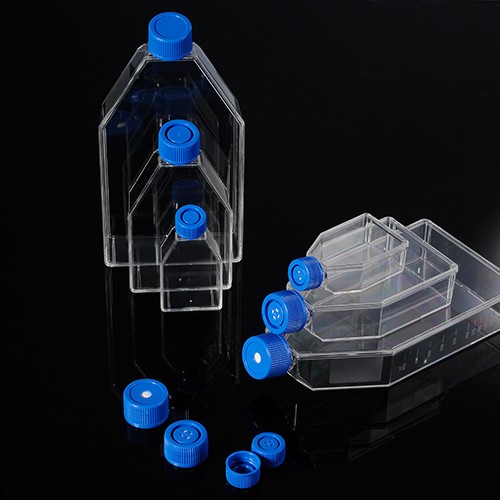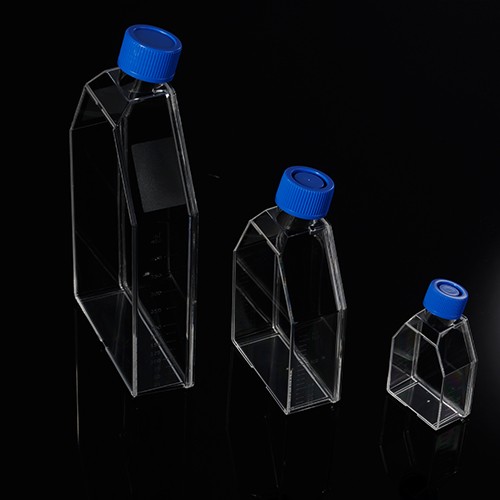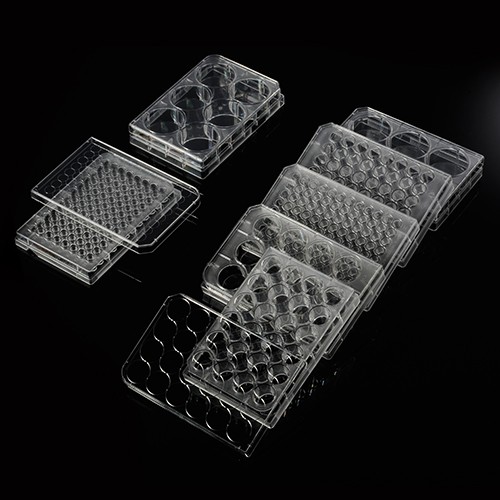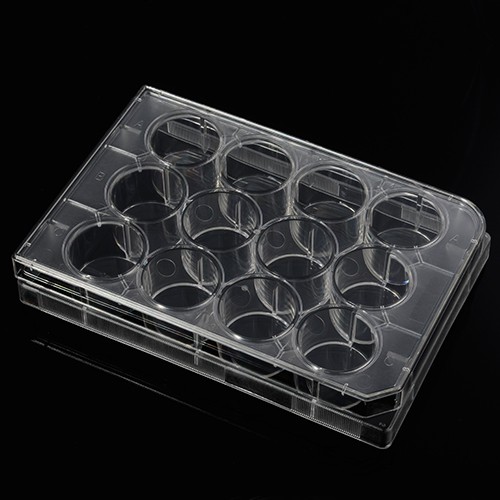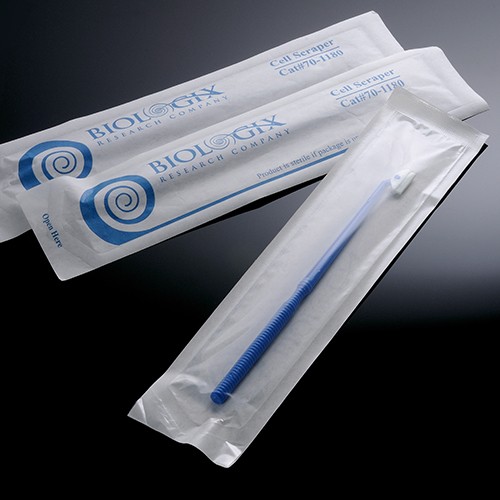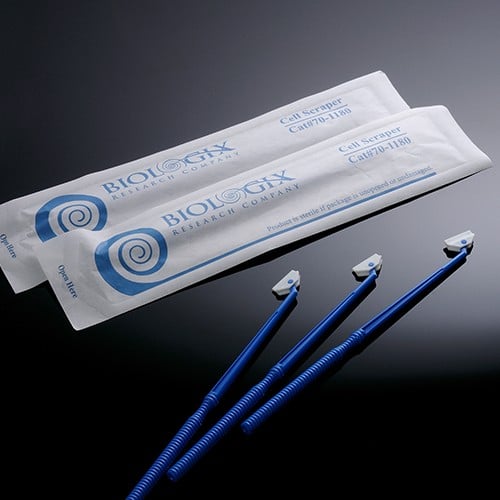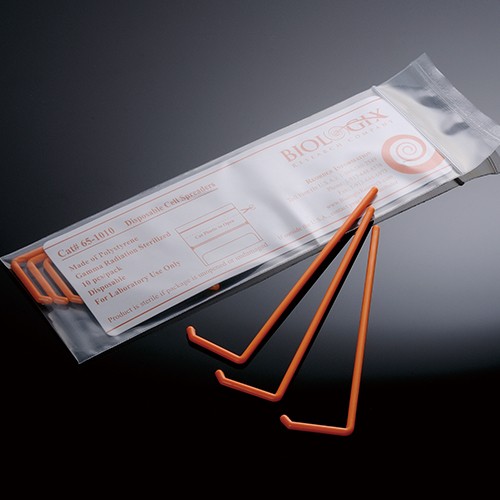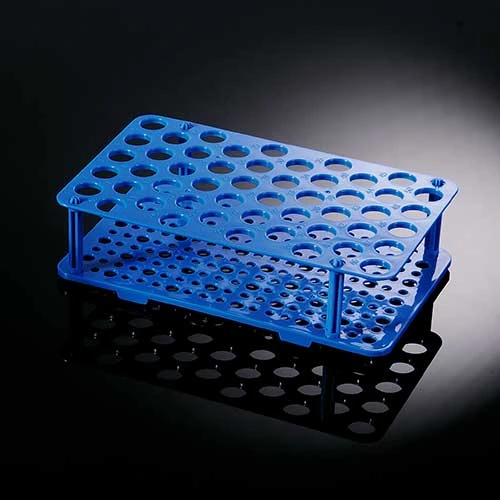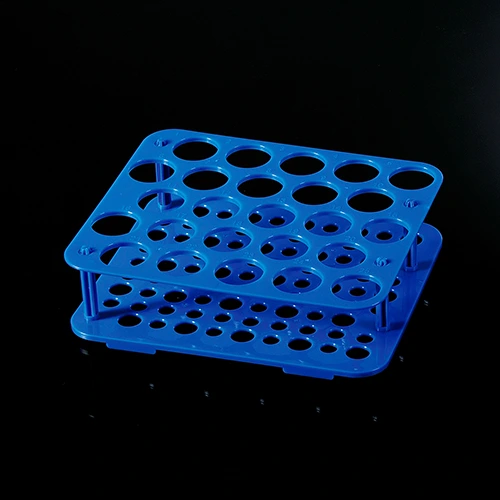
Cefotaxime 256 M.I.C.E. (10 Pack)
RM0.00Brand:
Thermo ScientificTM OxoidTM
**This product is not available at the moment.
Effortlessly establish accurate Minimum Inhibitory Concentration (MIC) values manually using Thermo Scientific™ Oxoid™ Cefotaxime M.I.C.Evaluator Strips (M.I.C.E.™).

Cefotaxime 256 M.I.C.E. (50 pack)
RM0.00Brand:
Thermo ScientificTM OxoidTM
**This product is not available at the moment.
Effortlessly establish accurate Minimum Inhibitory Concentration (MIC) values manually using Thermo Scientific™ Oxoid™ Cefotaxime M.I.C.Evaluator Strips (M.I.C.E.™).

Cefotaxime 32 M.I.C.E. (10 Pack)
RM0.00Brand:
Thermo ScientificTM OxoidTM
**This product is not available at the moment.
Effortlessly establish accurate Minimum Inhibitory Concentration (MIC) values manually using Thermo Scientific™ Oxoid™ Cefotaxime M.I.C.Evaluator Strips (M.I.C.E.™).

Cefotaxime 32 M.I.C.E. (50 Pack)
RM0.00Brand:
Thermo ScientificTM OxoidTM
**This product is not available at the moment.
Effortlessly establish accurate Minimum Inhibitory Concentration (MIC) values manually using Thermo Scientific™ Oxoid™ Cefotaxime M.I.C.Evaluator Strips (M.I.C.E.™).

Ceftaroline 30ug Cpt30
RM0.00Brand:
Thermo ScientificTM OxoidTM

Ceftazidime 256 M.I.C.E. (10 pack)
RM0.00Brand:
Thermo ScientificTM OxoidTM
**This product is not available at the moment.
Effortlessly establish accurate Minimum Inhibitory Concentration (MIC) values manually using Thermo Scientific™ Oxoid™ Ceftazidime M.I.C.Evaluator Strips (M.I.C.E.™).

Ceftazidime 256 M.I.C.E. (50 pack)
RM0.00Brand:
Thermo ScientificTM OxoidTM
**This product is not available at the moment.
Effortlessly establish accurate Minimum Inhibitory Concentration (MIC) values manually using Thermo Scientific™ Oxoid™ Ceftazidime M.I.C.Evaluator Strips (M.I.C.E.™).

Ceftriaxone 32 M.I.C.E. (10 PACK)
RM0.00Brand:
Thermo ScientificTM OxoidTM
**This product is not available at the moment.
Effortlessly establish accurate Minimum Inhibitory Concentration (MIC) values manually using Thermo Scientific™ Oxoid™ Ceftriaxone M.I.C.Evaluator Strips (M.I.C.E.™).

Ceftriaxone 32 M.I.C.E. (50 Pack)
RM0.00Brand:
Thermo ScientificTM OxoidTM
**This product is not available at the moment.
Effortlessly establish accurate Minimum Inhibitory Concentration (MIC) values manually using Thermo Scientific™ Oxoid™ Ceftriaxone M.I.C.Evaluator Strips (M.I.C.E.™).
Cell Culture Flask Biologix
Brand:
Biologix
This product is currently not available. Please contact us for more information.
Characteristics of cell culture flask, Biologix
● Made of high quality medical grade polystyrene
● Available flask sizes include surface areas of 25 cm2 or 75 cm2
● Plug cap and filter cap options available for all flask sizes
● Plug caps completely isolate the culture from the outside environment
● Filter caps prevent cross-contamination while meeting the requirements for gas exchange
● Short, wide, angled neck design for easy access
● Gamma radiation sterilized
● Non-pyrogenic, non-cyotoxic
● DNase & RNase free, human DNA free
Cell Culture Plate, Biologix
Brand:
Biologix
This product is currently not available. Please contact us for more information.
Characteristics
● Constructed of prime virgin polystyrene
● Plate cover design minimizes the risk of cross contamination
● Thin-walled well bottoms increase thermal consistency, reducing the edge effect
● Flat well bottoms provide excellent clarity for microscopic examination of samples
● Gamma radiation sterilized
● Non-pyrogenic, non-cyotoxic; DNase & RNase free, human DNA free
Cell Scrapers
RM0.00This product is currently not available. Please contact us for more information.
Characteristics
● Made of polyethylene
● Available in two sizes: 18cm or 25cm in length, pivoting blade makes precise cutting and scraping movements
● Gamma radiation sterilized, non-pyrogenic
Cell Spreader
RM0.00This item is not available at the moment. Please contact us for more information.
Characteristics
● Ideal for even spreading of bacterial cultures
● Smooth spreading surface with slight upward angle reduces the risk of damaging agar surface
● L-shape allows application on the entire Petri Dish or plate surface
● Gamma radiation sterilized
● Available in individually wrapped and 10 pieces per bag which keep them safe from contamination and easy to be used
● 10 pieces pack includes a piece of cardboard with product description to better protect products and the bag can be resealed
Centrifuge Tube Rack
RM10.00Brand:
Biologix
Characteristics
● Made of high quality medical grade polypropylene
● 50-well racks hold 15ml centrifuge tubes
● Sturdy design keeps tubes upright

Cesium bromide, AnhydroBeads™, 99.999% trace metals basis, (Perovskite grade) – Sigma-Aldrich
RM1,384.00Brand:
Sigma-Aldrich
Synonyms
Cesium monobromide
Cas No.
7787-69-1
Application
Cesium bromide (CsBr) is commonly used in scintillation detectors, which are devices that detect and measure ionizing radiation. CsBr has also found applications in optoelectronic devices.
Cesium bromide finds application in synthesis of perovksites based photovoltaic materials. Our perovskite grade CsBr can readily be dissolved in DMF to yield 1M solution.
Packaging
Packaged in ampules
Legal Information
AnhydroBeads is a trademark of Sigma-Aldrich Co. LLC
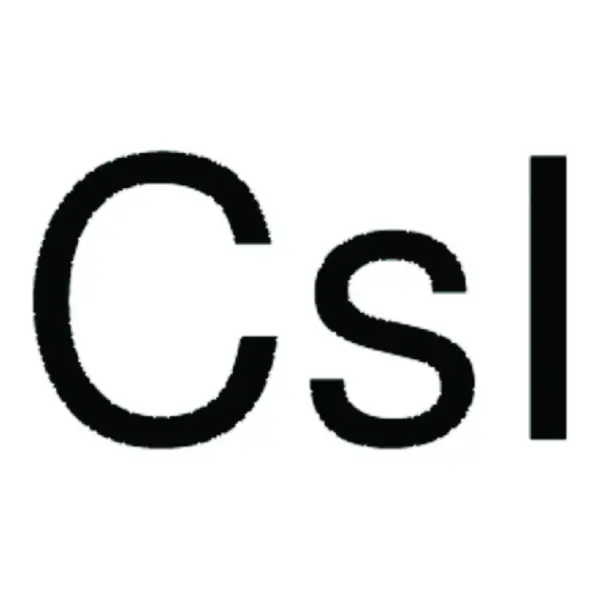
Cesium iodide, 99.999% trace metals basis – Sigma-Aldrich
Price range: RM233.00 through RM3,893.00Brand:
Sigma-Aldrich
Synonyms
Caesium iodide, Caesium monoiodide
Applications
Cesium iodide can be used as precursor to synthesize lead-free perovskite material, Cs2NaBiI6 (CNBI). The CNBI is highly stable and finds application in the field of solar cells, LEDs, and lasers.
It can be used to prepare brightest red emitting Cs2HfI6 scintillator which is applicable in high resolution gamma spectroscopy.
It can also be used tosynthesize Cesium based nanocrystals for the detection of ionizingradiations.
Features & Benefits
- High quantum efficiency
- High stability to ambient air and gas environment
Frequently used in devices such as phosphor screens for medical imaging, scintillators, calorimeters and a variety of particle detectors.
| CAS Number |
7789-17-5 |
| Empirical Formula |
CsI |
| Molecular Weight |
259.81 |
| Form |
Solid |
| Assay |
99.999% trace metals basis |
| Impurities |
≤15.0 ppm Trace Metal Analysis |
| Application(s) |
solar cells, LEDs, and lasers |

Cesium Iodide, AnhydroBeads™, 99.999% trace metals basis (Perovskite grade) – Sigma Aldrich
RM980.00Brand:
Sigma-Aldrich
Synonyms
Cesium monoiodide
General Description
Cesium iodide anhydrous can be used as a precursor or component in the synthesis of the perovskite absorber layer in perovskite solar cells. By introducing cesium iodide into the perovskite composition, the bandgap of the material can be tuned to better match the solar spectrum, optimizing the light absorption and energy conversion efficiency of the solar cell.
Cesium iodide finds application in synthesis of perovksites based photovoltaic materials. Our perovskite grade CsI can readily be dissolved in 1:1 vol DMF/DMSO to yield 1M solution.
Features & Benefits
Frequently used in devices such as phosphor screens for medical imaging, scintillators, calorimeters and a variety of particle detectors.
Packing
Packaged in ampules
Legal Information
AnhydroBeads is a trademark of Sigma-Aldrich Co. LLC
| CAS Number |
7789-17-5 |
| Empirical Formula |
CsI |
| Molecular Weight |
259.81 |
| Product line |
AnhydroBeads™ |
| Assay |
99.999% trace metals basis |
| Form |
crystals |
| Particle size |
~10 mesh |
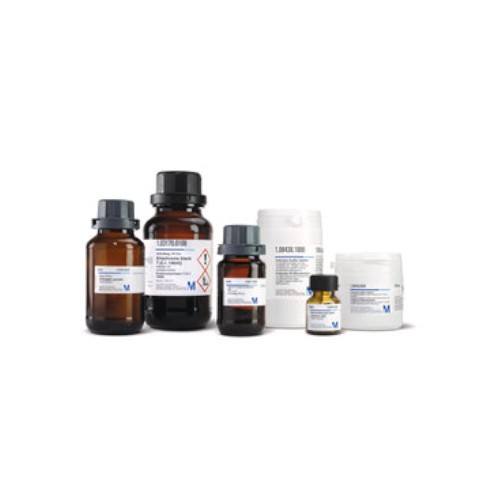
Cetyltrimethylammonium Bromide for Molecular Biology (Merck)
RM584.00Brand:
Merck
Description
CAS number: 57-09-0
Chemical Formula: C₁₉H₄₂BrN
Synonyms: Cetrimide, CTAB
Purity: ≥98% by TLC
Contaminants: DNases, proteases, RNases: none detected
Cationic detergent is suitable for the isolation of high molecular weight DNA in plants and other organisms.
Product Specification and MSDS for Cetyltrimethylammonium Bromide for Molecular (Merck).

Cfm5 Cefixime
RM0.00Brand:
Thermo ScientificTM OxoidTM

Cfp30 Cefoperazone
RM0.00Brand:
Thermo ScientificTM OxoidTM

Cfp75 Cefoperazone
RM81.00Brand:
Thermo ScientificTM OxoidTM

Cfr30 Cefadroxil
RM110.00Brand:
Thermo ScientificTM OxoidTM

Cft30 Ceftibuten
RM0.00Brand:
Thermo ScientificTM OxoidTM
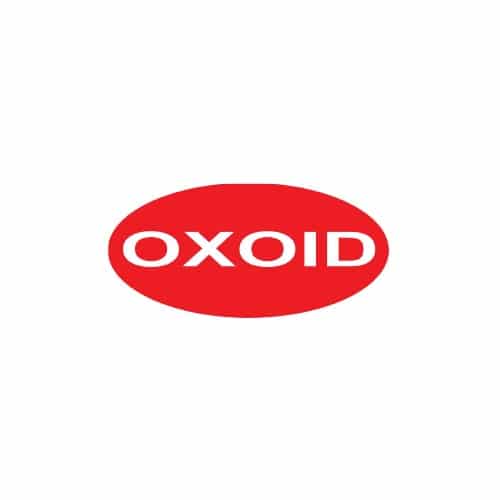
Charcoal Agar 500g
RM828.00Brand:
Thermo ScientificTM OxoidTM
- Oxoid Charcoal Agar Base (Bordetella Selective Medium) is used for selective isolation of B. pertussis and B. parapertussis.
- Requires addition of Bordetella Selective Supplement, Part No. SR0082E.
Charcoal Agar Base, Oxoid Composition
| Typical Formula* |
gm/litre |
| `Lab-Lemco’ powder |
10.0 |
| Peptone |
10.0 |
| Starch |
10.0 |
| Charcoal bacteriological |
4.0 |
| Sodium chloride |
5.0 |
| Nicotinic acid |
0.001 |
| Agar |
12.0 |
| pH 7.4 ± 0.2 @ 25°C |
|
Charcoal Agar, Oxoid Preparation:
Suspend 51g in 1 litre of distilled water. Bring to the boil to dissolve completely. Sterilise by autoclaving at 121°C for 15 minutes. Cool to 50°C, add 10% of defibrinated blood and mix gently. The medium is made selective for the isolation of Bordetella pertussis and Bordetella parapertussis by the addition of Bordetella Selective Supplement SR0082.
To one vial add 2ml of sterile distilled water and dissolve the contents completely. Add this solution to 500ml of sterile, molten Charcoal Agar, cooled to 50°C, together with 10% v/v defibrinated horse blood SR0050. Mix well before pouring into sterile Petri dishes.
For Haemophilus influenzae, omit the selective agents and convert to `chocolate’ agar.
Storage conditions and Shelf life
Store the dehydrated medium at 10-30°C and use before the expiry date on the label.
Store the prepared plates of medium at 2-8°C.
Precautions
Stuart’s transport medium or similar formulation media should not be used for Bordetella-containing specimens.
Two pernasal swabs should be taken from each patient, one through each nostril.
Make sure the charcoal remains in suspension when dispensing the medium by gently swirling the flask.
Lysed horse blood is used in the transport medium but whole blood is used in the isolation medium.
Most naso-pharyngeal flora are inhibited by cephalexin but Pseudomonas aeruginosa and some fungi may grow through. Amphotericin B can be added (12mg/ml) as an antifungal agent to prevent the growth of filamentous fungi. However, this level of amphotericin B can be inhibitory to Bordetella pertussis and should not be used routinely.

